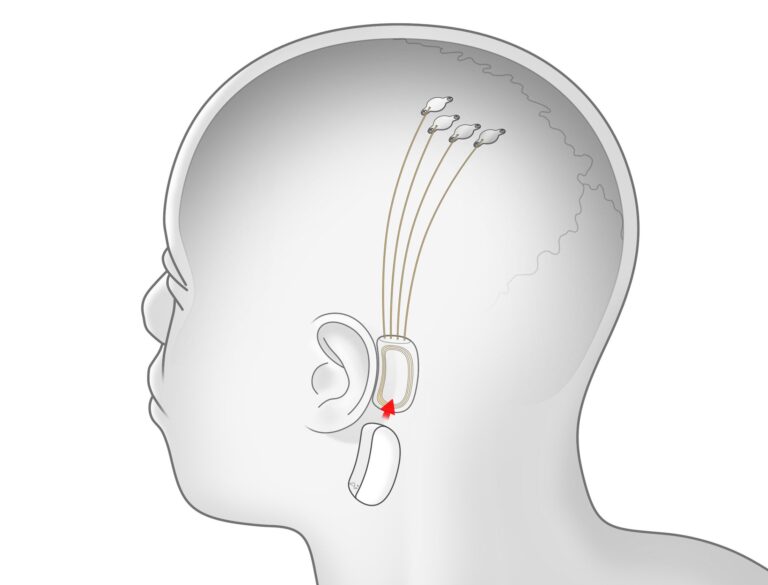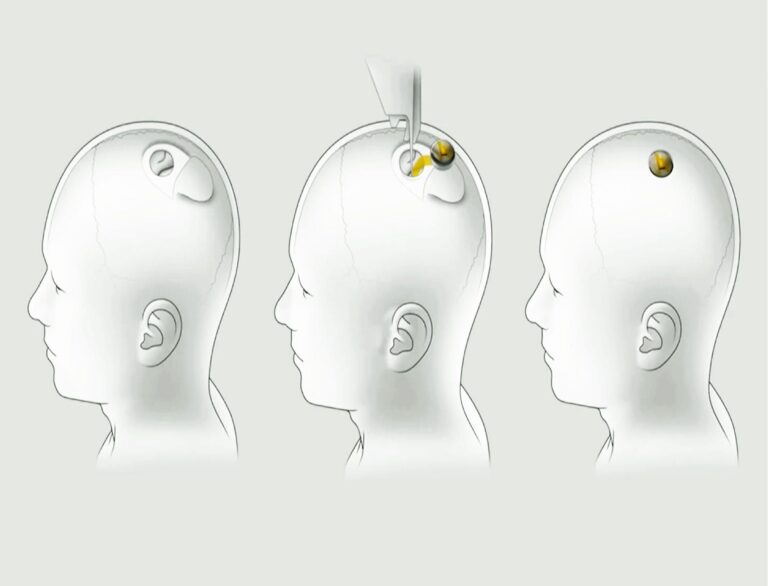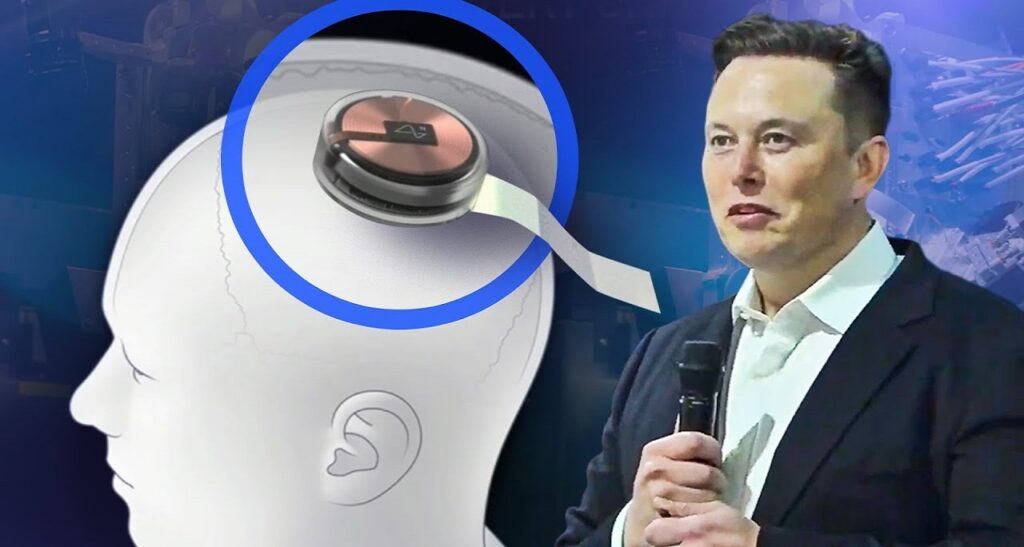Overview
I know some of you have an idea of what Neuralink is and how it is expected to impact humanity. Neuralink is a device that will be surgically implanted into the brain to allow paraplegics (people with paralysis in the lower part of the body) to perform tasks with their smartphones and computers. Neuralink’s dream of implanting humans with computer chips received a huge boost after Elon Musk announced that the firm is hiring a clinical trial director to commence with clinical trials. Pretty cool right?
A successful trial would be the beginning of a blessing to several victims of neurological disorders, paralysis, damage and other disorders of the nervous system.
How it works
In August 2020, Elon Musk did a presentation on how Neuralink works. Initially, the link was designed to hang behind your ear after the surgery. Of course, it was not cool to walk around with a device behind your ear, so the company made crucial changes to ensure that the device was completely buried underneath the skull after the surgery.
The device picks up brain signals and outputs them as an action. For instance, a paralyzed individual with the implant can make a phone call by simply thinking about it. During the presentation, Musk demonstrated how the device read the pig’s brain signals and the accuracy was incredible.
The Neuralink consists of more than 3000 electrodes connected to flexible threads thinner than a human hair. Each electrode monitors 1000 neurons at a time and then reads or writes to 1024 channels for simulation of neural activity. Data from the device is transmitted via Bluetooth with a range of at most 20 meters.
Before

Now

Installation
The installation process is done by an advanced surgical robot and a team of neurosurgeons. It starts with the drilling of a small hole, just over 2 centimeters into the skull. The device is placed in this hole with wires extending 4 centimeters into the brain’s surface. Since the launch of the gadget, Neuralink has been working hard to reduce the size of the link for easier installation and also ensure patients’ comfort.
The device comes with a battery that can last one day. I know what you are thinking? How do I change the damn thing? Well, you can inductively charge the battery overnight. Musk pointed out that the neurosurgical robot is fast as it is capable of inserting 192 electrodes into the brain every minute and accurate to ensure precision during installation. A key function of the robot is to image the brain to avoid blood vessels and prevent bleeding.
Do you need one?
While the ultimate goal of Neuralink is to allow humans to control machines with their thought processes, the company is currently focusing on creating a solution for paraplegics to help them live a better active life. Ergo people with paraplegia need it.
Expectations in 2022
The main expectation of Neuralink in 2022 is the start of human trials. As Elon Musk stated, the company is seeking to hire a clinical trial director. This is an indicator of the great progress that the company has made in advancing the device to be fit for humans. I mean they wouldn’t test the device on humans if it doesn’t meet safety measures put in place by the United States Food and Drug Administration (FDA). The clinical trial director will be tasked with the responsibility of overseeing all human trial activities.
Currently, monkeys can play video games with their monkey thoughts using brain-computer interfaces (BCI) in their heads.
Musk is known to be overly ambitious and I hope Neuralink successfully implements human trials in 2022. Imagine how many lives the company will transform with these devices. Not only will the link help victims with paraplegia, but will set a new phase for the integration of technology in healthcare.
Potential setbacks
As we stay positive of the transformative potential of Neuralink, it will be imprudent to ignore prospective setbacks. A key potential setback is regulatory issues. While the expected benefits are many, the trials are extremely risky. Therefore, the firm will need to get approvals for any trial phase from the FDA. Therefore, bureaucracies involved in approving such trials may inhibit Musk’s ambitions to successfully conduct human trials before the year ends.
A section of the public is quite skeptical of the success and feasibility of Neuralink. The main cause of skepticism can be traced to cybersecurity. Since the introduction of computers, cybersecurity has always been a threat to users. It is impossible to say humans have made any digital device that is 100 percent safe from cybercriminals. Hence their skepticism is somewhat justified – after all, a hacker may pose catastrophic risks to a victim if they gain access to the device.

The Future of Neuralink
The device will be a huge boost to healthcare. In the future, the chip will be advanced to serve as an interface for transmitting signals between the brain and other parts of the body. Let’s take the case of John. John was involved in a bungee jumping accident that damaged the spine and led to paralysis of the lower part of the body. An advanced device capable of transmitting brain signals from the brain to the lower parts of the body will address John’s problem by connecting the lower body to the brain. Whenever a signal for an activity like the movement is transmitted to the central nervous system, the link will act as an interface to relay this signal to the brain. Thus, the brain will be able to initiate activities in the lower body through the device.
At the presentation, a reporter was keen to ask whether the device can record memories. Musk said the gadget is expected to capture memories in the future. You will be able to replay these memories at will. Welcome to the future!
I believe Neuralink is one of the greatest neurological innovations of the 21st century. Its potential is huge and if all goes well, the Technoking of Tesla, Mr. Musk will prove once again that technology can alleviate most challenges facing humanity.
What are your thoughts on Neuralink? Let me know in the comment section.

